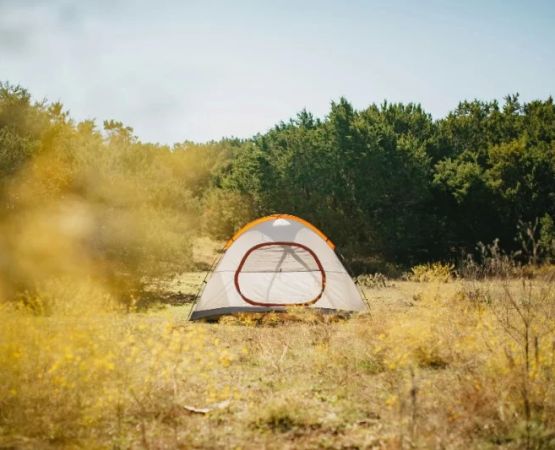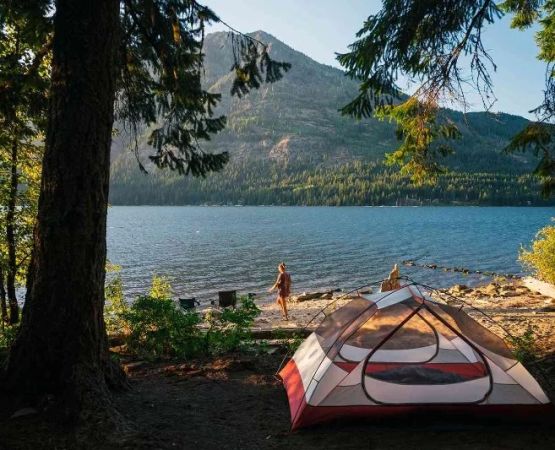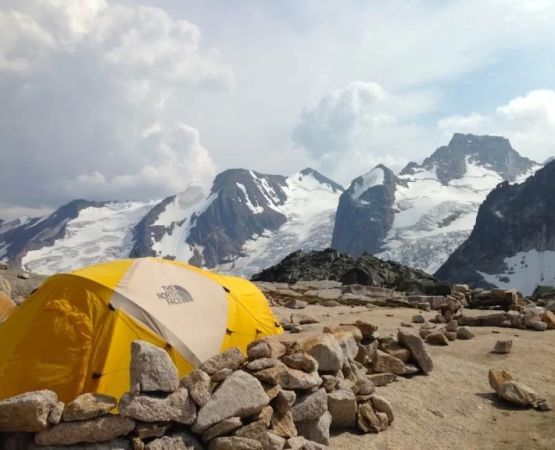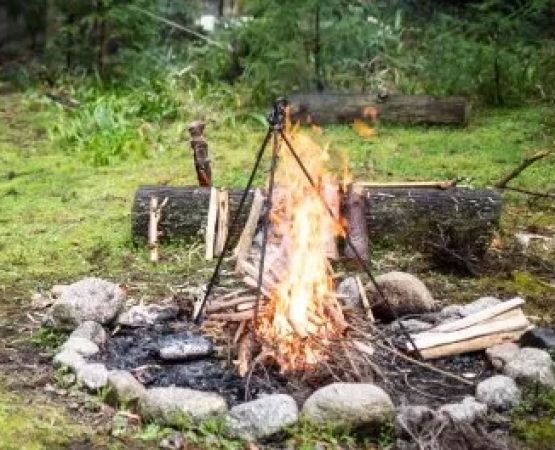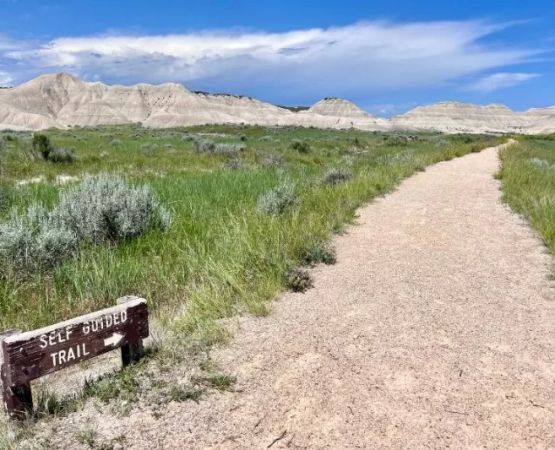- how-to-camp-in-escarpment-plateau-zones
- understanding-escarpment-plateau-terrain
- essential-gear-for-plateau-camping
- how-to-set-up-camp-on-plateau-edges
- safety-considerations-in-plateau-zones
- real-camper-stories-from-escarpment-trips
- best-practices-for-protecting-the-environment
- final-thoughts-for-planning-a-plateau-trip
How to Camp in Escarpment Plateau Zones
Camping in escarpment plateau zones offers a dramatic blend of elevated views, rugged landscapes, and quiet natural escapes. For many U.S. outdoor enthusiasts, these areas feel like unexplored sanctuaries—towering rock faces, wind-shaped ridgelines, and panoramic overlooks that stretch for miles. While the beauty of a plateau is undeniable, camping in these regions requires special planning and awareness.
Campers often imagine these zones as simple elevated campsites, but plateaus come with unique challenges: stronger winds, colder night temperatures, thin soil layers, and abrupt drops along the perimeter. Learning how to camp in escarpment plateau environments safely and comfortably can transform the experience from stressful to unforgettable.
Understanding Escarpment Plateau Terrain
An escarpment plateau is typically formed through a combination of erosion and geological uplift, leading to wide flat top surfaces bordered by steep cliffs. These landscapes appear in regions throughout the western United States, especially in areas shaped by ancient volcanic and tectonic activity. Their beauty is mesmerizing, but their terrain has characteristics new campers may overlook.
1. Weather Variability
Plateaus often sit several hundred feet above surrounding land, exposing them to sharper winds and sudden temperature drops. Storm systems can move in quickly, which requires campers to prepare for rapid weather changes.
2. Sparse Vegetation
Because soil depth is shallow, vegetation is limited. This affects both shade availability and anchoring options for tents. Campers need to plan ahead for sun exposure and reliable shelter.
3. Wildlife Patterns
Plateaus often serve as lookout points and travel corridors for wildlife. Animals may be more active at dawn and dusk, making responsible camping vital for safety.
Essential Gear for Escarpment Plateau Camping
Packing the right gear is crucial when preparing to camp in escarpment plateau zones. Many experienced campers recommend upgrading equipment to ensure stability and safety in wind-prone environments.
1. Reinforced Tent Stakes and Guy Lines
Standard tent stakes may not hold in thin or rocky soil. Reinforced metal stakes and additional guy lines ensure tents remain secure during strong wind gusts.
2. Insulated Sleeping Layers
Nighttime temperatures drop quickly on exposed plateaus. Layered sleeping bags and insulated pads help maintain warmth without relying solely on clothing.
3. Hydration and Food Storage Solutions
Access to water sources may be limited at higher altitudes. Campers should bring ample drinking water and storage containers designed for dry terrain.
4. High-traction Footwear
Hiking around escarpment edges requires boots with reliable grip. Loose gravel or sandstone can lead to slips if footwear is not designed for rugged surfaces.
Visitors planning extended stays can find helpful supplies through outdoor-friendly destinations such as Pine Cliff Resort, which regularly assists travelers preparing for plateau camping adventures.
How to Set Up Camp on Plateau Edges
Choosing the right campsite on a plateau is part safety strategy, part comfort planning. Although edge views are breathtaking, they come with additional risks. The key is to balance scenery with secure placement.
1. Maintain a Safe Distance From Cliffs
A good rule is to pitch tents several yards away from any steep drop-off. This prevents accidental falls during nighttime movement or unstable ground shifts.
2. Locate Natural Wind Breaks
Look for rock formations, tree clusters, or terrain dips that block wind. Even slight protection significantly improves comfort and tent stability.
3. Choose Level Ground
Uneven surfaces can cause sliding, discomfort, and structural instability. Campers should prioritize flat ground free of loose debris.
Safety Considerations in Plateau Zones
Escarpment plateau camping requires situational awareness and preparation. Even seasoned hikers sometimes underestimate how quickly conditions can shift at elevation.
1. Monitor Weather Forecasts
Plateaus are exposed environments. Checking updated weather information before and during the trip reduces risk of encountering sudden storms.
2. Stay Visible and Maintain Communication
Open landscapes can cause disorientation during fog or nighttime. Reflective gear and communication tools such as radios or GPS devices enhance safety.
3. Avoid Loose Rock Areas
Edges prone to erosion can crumble under weight. Campers should inspect the ground carefully before approaching or setting up equipment.
Real Camper Stories From Escarpment Trips
One traveler from Colorado described an overnight trip where winds on a plateau edge reached unexpected speeds. Her tent nearly lifted, but reinforced stakes saved the night. The experience taught her the importance of tent stabilization and preparation.
Another group camping in Utah shared a story about waking up to a herd of mule deer grazing nearby. Because they stored food properly and respected the terrain, the animals stayed calm and continued moving. Encounters like these show how wildlife interactions improve when campers follow proper etiquette.
Best Practices for Protecting the Environment
Plateaus are ecologically sensitive. Their thin soils, fragile vegetation, and slow regrowth require responsible camping behavior.
1. Leave No Trace Principles
This includes packing out all trash, avoiding disturbance to wildlife, and minimizing campfire impacts.
2. Use Designated Trails and Campsites
Foot traffic on delicate terrain causes erosion. Staying on established routes helps preserve natural surfaces.
3. Respect Local Regulations
Some plateau zones restrict fires, limit campsite areas, or require permits. Following these rules protects both campers and the land.
Final Thoughts for Planning a Plateau Trip
Camping in escarpment plateau zones can be one of the most rewarding experiences for outdoor enthusiasts. With panoramic views, peaceful surroundings, and unforgettable wildlife encounters, these elevated terrains offer an adventure unlike any other. Proper preparation, awareness of environmental conditions, and the right equipment all contribute to a safer and more enjoyable journey.
For those preparing their next plateau adventure, exploring resources provided by Pine Cliff Resort can offer valuable support and access to gear designed specifically for rugged terrains.

